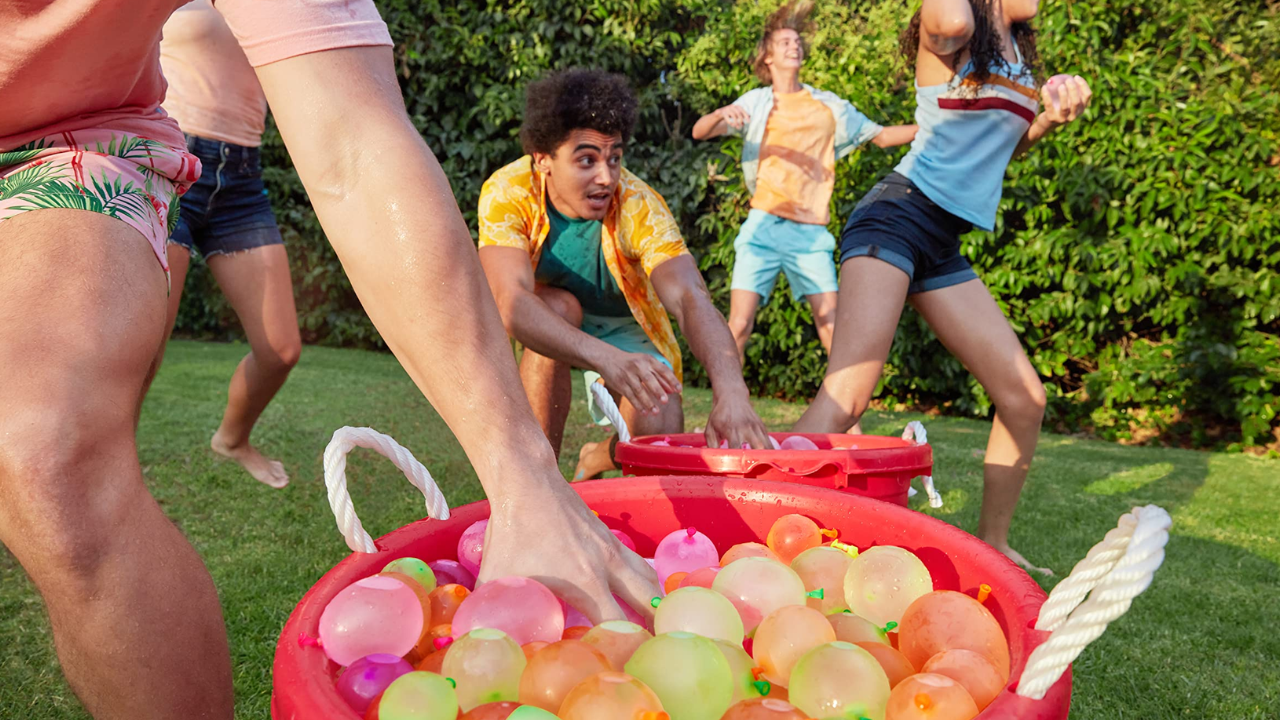Traditional water balloons can harm the environment and wildlife, thus, biodegradable water balloons are a sustainable substitute. Biodegradable water balloons provide the same thrill and fun as a water balloon fight without having an adverse effect on the environment because they are made from materials that decompose naturally.
Biodegradable water balloons are becoming more and more well-liked as a fun yet environmentally responsible option in today’s world, where sustainability is an important factor. For festivities, gatherings, and parties, balloons are a common adornment. Traditional latex or plastic balloons, however, have the potential to significantly harm the environment.
The use of biodegradable balloons for the environment will be discussed in this article. Balloons that decompose naturally and swiftly in the environment are known as biodegradable balloons. Rice paper, bamboo, and even natural latex, like in the case of Talco Balloons, are examples of these materials. To learn more about biodegradable water balloons, go now to the details below.
A Few Advantages of Biodegradable Water Balloons
The following are the main advantages of choosing biodegradable water balloons:
Eco-Friendly
Because they no longer damage flora and fauna, degrade the environment, or add to the growing hassle of plastic waste, biodegradable balloons are environmentally useful. Conventional balloons can fall apart slowly over a few years, which can be detrimental to wildlife. Animals would possibly mistake the balloons for food and eat them, which could cause damage or even death. Alternatively, biodegradable balloons deflate quickly and do not endanger wildlife.
Cost-Effective
Conventional balloons may be replaced with biodegradable balloons at a lower price. Even though biodegradable balloons may cost a bit more upfront than traditional balloons, there can be sizable long-term benefits. Although biodegradable balloons have a shorter lifespan. They may emerge as more affordable in the long run because of their lessened terrible consequences on the environment and decreased cost of cleanup.
Variety of Material
Rice paper, bamboo, and latex that have been handled with organic chemicals are only some of the substances that may be used to make biodegradable balloons. There are extra alternatives available in terms of colors, sizes, and shapes thanks to the variety of materials. A variety of patterns are available for biodegradable balloons. And they will be altered to satisfy any party or event.
Quick Disposal
Balloons made of biodegradable materials can be thrown away without special recycling techniques. Balloons made with biodegradable materials can be thrown away in standard garbage cans, where they will decompose swiftly and without harming the environment. Traditional balloons, either require specialized recycling facilities or can be disposed of in landfills, where it could take years for them to decompose.
Lessened Environmental Impact
Biodegradable water balloons’ lower environmental impact is their main benefit. Traditional latex or plastic water balloons can linger in the surroundings for years, causing pollutants and harm to flora and fauna. Biodegradable balloons decompose certainly, reducing their ecological imprint through the years.
Additional Benefits
- Reduced Plastic Pollution: Limit the amount of plastic that ends up in landfills and the ocean.
- Wildlife Safety: Less danger to wildlife that might consume or become tangled in balloon debris.
- Sustainable materials are frequently created using renewable resources like bioplastics or plant-based polymers.
- Less garbage in Landfills: balloons decompose more quickly than conventional balloons, which lowers the amount of garbage in landfills.
- Consumer Education: Encourage users to consume responsibly and with consideration for the environment.
- Reduced Chemical Impact: It usually uses fewer toxic colors and chemicals than conventional balloons.
- Support for the green market: Buying biodegradable products helps companies that make sustainable goods.
Conclusion
As opposed to traditional balloons, biodegradable balloons are more environmentally friendly. They’re fairly priced, available in more than a few substances, easy to discard, and can support the improvement of a sturdy brand. Environmentally pleasant balloons are those made from biodegradable materials, considering they do not harm wildlife, pollute the surroundings, or add to the rising problem of plastic waste.

